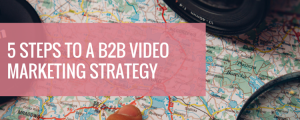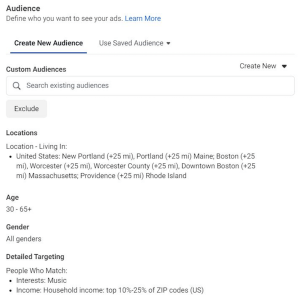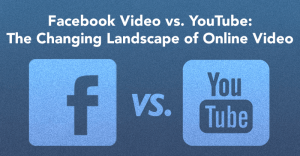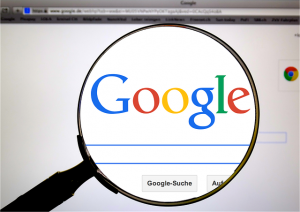Recently, Instagram unveiled a new advertising solution to help brands improve efficacy of Instagram-based marketing by integrating external links such as “Buy Now” and “Learn More” within Instagram’s existing interface.
The rollout includes a new application programming interface (API) that accommodates a wider variety of advertisements. Capitalizing on the constant stream of technology developed by Facebook, the new advertising business also promotes sponsored content related to user-specific interests. But what does this mean for brands?
Given Instagram’s new ad business, brands are allowed a finer scope on whom their sponsored posts are reaching, according to Adweek’s report on Instagram’s new model of advertisements. Garett Sloane wrote:
The ad design has been all about customizing commercial content that blends as much as possible with the rest of people’s photo feeds without disrupting the experience too much.
Using the same tech stacks that power Facebook’s suggested posts and pages, sponsored posts on Instagram will be generated by a user’s Facebook interests, promoting a cross-pollination for brand affinity across both platforms.
Furthermore, when Instagram launched in 2010, it proved to be an indispensable tool for developing and established brands alike: The image-based platform allows users to establish their visual identity and branding. However, the lack of external link integration offered few opportunities to convert Likes and Follows into new clients and customers.
In an op-ed piece for Highsnobiety, Alec Leach questioned the importance of Instagram marketing:
While Follows and Likes may help propel brands to the forefront of the fashion conversation, without ideas, narrative and a compelling foundation the will not have more than two minutes of fame.
He has a point: The importance of concept cannot be stressed enough when it comes to any marketing platform. His argument, however, underestimates the potential that Instagram’s new integrated advertisements offers in terms of increasing conversion rates.
Given the upward growth in the eCommerce industry, two minutes of fame is an increasingly important landmark for translating Followers into customers. Whereas Likes and comments are the current metrics of community reach, Instagram’s new model offers a new quantitative measure for social media engagement: Sales.
These sales, in turn, increase the need for brands to collaborate with high-power social media users. Whereas high-traffic websites were the hotspots for advertisers over the past decade, Likes and Followers are the new Page Impressions.
Integrated advertising further emphasizes the importance of social media influencers: By identifying the trends of today and starting the trends of tomorrow, cultural tastemakers are the keystone in social media marketing.
Social media clout is about to be the hot commodity for brands. It was a studied decision for high-fashion label Marc Jacobs to debut campaigns fronted by Cherand Willow Smith: The two collectively boast 6.36 million followers on Twitter and extraordinary engagement metrics. Still, brands don’t need the budget for red carpet honorees–and, for many brands, there are better-fit advertising solutions away from the A-List.
Instagram reports 300 million active users monthly who generate an average of 70 million photos per day. Through carefully curated content and a strong grasp on what is trending, influencers on Instagram are equal parts lifestyle gurus, brand ambassadors, and–most recently–sales agents.
Consumers don’t want to sift through thousands of photos each day; influencers offer a selection of the best-of-the-best. As such, being featured on a top user’s social media feed is in the best interest of both developing and established brands hoping to use Instagram’s new ad business.
The specializations of influencers allow brands a more refined and controlled advertising solution. The scope of aspirational categories that Instagram influencers fall into is entirely consumer-driven: From health and beauty tips, to niche diet guides and emerging fashion trends, Instagram influencers reflect what consumers want to see and want to be.
This, in turn, creates a captive market of consumers searching for the products with which they can recreate the lifestyle of an influencer.
The process is the evolved by Instagram’s ad business: The simple association between a brand and an influencer translates an unfamiliar product to an aspirational product; Instagram’s integrated external links seal the deal and make the sale.
From here, brands can expect a rise in both influencers and tech-driven advertising solutions. As Instagram rolls-out sponsored content to more advertisers, tighter niches in the market will develop around influencers.
The consequent rise in Instagram marketing will fuel advertising solutions focusing on streamlining the process of matching brands with appropriate influencers. Brands, take note: Instagram’s ad business has shifted Instagram feeds from the consumer’s mood-board to their marketplace, and the market is open for business.
This post originally appeared in Adweek’s SocialTimes.
(251)
Report Post






